Description
VVAW & FBI Surveillance: A History
Timeline of Main Events:
- 1967: Vietnam Veterans Against the War (VVAW) is founded in New York City after six Vietnam veterans walk together in an anti-Vietnam War march.
- November 11, 1967: Secretary of Defense Robert McNamara sees an advertisement from the VVAW in the New York Times, marking a point where the group gains significant attention from authorities, including the FBI.
- 1969: John Kerry’s sister, Peggy, first introduces him to the VVAW.
- 1970: The VVAW’s membership reaches approximately 600 members.
- 1970 (Later in the year): After deciding not to run for Congress, John Kerry travels to Paris and meets with Viet Cong representatives involved in the Vietnam War peace negotiations.
- Early 1971: John Kerry returns from Paris and begins speaking at VVAW events, quickly becoming a prominent figure within the organization.
- January 1971: The VVAW initiates its “Winter Soldier” investigation, where individuals claiming to be Vietnam War veterans recount alleged war atrocities committed in Vietnam. The investigation receives limited public attention at the time, but the VVAW films the presentations, later releasing it as a film.
- April 1971: John Kerry gains significant national attention after his appearance before the Senate Foreign Relations Committee, where he speaks out against the Vietnam War as a decorated veteran.
- 1971: The VVAW’s membership grows significantly to approximately 6,000 members.
- 1971 (Ongoing): FBI monitoring of John Kerry intensifies, documented through memos and reports from confidential informants. The files chronicle his rise within the VVAW, growing ideological conflicts within the organization (particularly with Al Hubbard), his travel to Paris, the “Kansas City” meeting (details not provided in the excerpt), his conflict with Al Hubbard, and his eventual dissolution as a leader within the VVAW.
- 1972 – 1975: This period marks the bulk of the FBI’s monitoring of the Vietnam Veterans Against the War. The FBI increases its efforts to recruit VVAW members as informants. The files document accusations of a conspiracy to riot during the 1972 Republican National Convention and the alleged passing of classified information to a Japanese communist leader.
- Unspecified Date (during 1972-1975): A member of the Connecticut chapter of the VVAW is arrested with an explosive device en route to a speech given by Vice President Spiro Agnew.
- Post-United States Withdrawal from Vietnam: The VVAW shifts its focus towards seeking amnesty for individuals jailed for resisting the draft and other anti-war activities.
- 1988: Author and historian Gerald Nicosia seeks the release of FBI files on the VVAW under the Freedom of Information Act.
- 1999: The FBI initially releases a significant portion of the VVAW files to Gerald Nicosia.
- June 2004: An additional set of FBI files on the VVAW, containing pages not released in 1999, is made available.
Cast of Characters:
- Scott Camil: A member of the Vietnam Veterans Against the War whose activities were monitored by the FBI.
- Al Hubbard: A leader within the Vietnam Veterans Against the War who had an ideological conflict with John Kerry. The files document a “pitched battle” between them.
- Joseph Urgo: A member of the Vietnam Veterans Against the War whose activities were monitored by the FBI.
- Michael Oliver: A member of the Vietnam Veterans Against the War whose activities were monitored by the FBI.
- Edward Damato: A member of the Vietnam Veterans Against the War whose activities were monitored by the FBI.
- Larry Rottman: A member of the Vietnam Veterans Against the War whose activities were monitored by the FBI.
- George Roberts: A member of the Vietnam Veterans Against the War whose activities were monitored by the FBI.
- Craig Scott Moore: A member of the Vietnam Veterans Against the War whose activities were monitored by the FBI.
- John Kerry: A Vietnam War veteran who became a prominent and publicly recognizable member of the VVAW. He is noted for his decorated military service, his meeting with Viet Cong representatives in Paris, his impactful testimony before the Senate Foreign Relations Committee in 1971, and his eventual divergence from the more militant direction of the VVAW, leading to his dissolution as a leader. He later went on to a career in politics.
- Peggy Kerry: John Kerry’s sister, who initially introduced him to the Vietnam Veterans Against the War in 1969.
- Robert McNamara: The Secretary of Defense who took notice of the VVAW after seeing their advertisement in the New York Times in November 1967, contributing to increased scrutiny of the organization.
- Gerald Nicosia: An author and historian who sought the release of the FBI files on the Vietnam Veterans Against the War under the Freedom of Information Act in 1988 and received the initial release of documents in 1999.
- Spiro Agnew: The Vice President of the United States. A member of the VVAW’s Connecticut chapter was arrested en route to one of his speeches with an explosive device.
- Unnamed Confidential Informants: Individuals within or associated with the VVAW who provided information about the group’s activities to the FBI. Their reporting constitutes a significant portion of the surveillance documented in the FBI files.
- Japanese Communist Leader: An unnamed individual to whom a member of the VVAW allegedly passed classified information.
- Six Vietnam Veterans: The unnamed individuals who initially walked together in an anti-Vietnam War march in New York City in 1967, leading to the formal founding of the Vietnam Veterans Against the War.
- Members of the Connecticut Chapter of the VVAW: This group is mentioned in the context of one member being arrested with an explosive device.
Vietnam Veterans Against The War FBI Files
19,978 pages of FBI files covering the activities of the ant-Vietnam War group, Vietnam Veterans Against the War.
Most of this material was originally released in 1999 to author and historian Gerald Nicosia, after seeking their release under the Freedom of Information Act in 1988. This set released in June 2004, contains pages of documents not released to Nicosia in 1999.
The documents date from 1967 to 1976. They are composed of memos, reports, investigation summaries, confidential informant accounts, newspaper and wire service articles, and Vietnam Veterans Against the War bulletins and flyers. The files give broad coverage to activities of VVAW members such as Scott Camil, Al Hubbard, Joseph Urgo, Michael Oliver, Edward Damato, Larry Rottman, George Roberts, Craig Scott Moore and the person who has become its most well known member, John Kerry.
After six Vietnam Veterans walked together in an anti-Vietnam War march, Vietnam Veterans Against the War was founded in New York City, in 1967. The investigation of the VVAW gained steam after Secretary of Defense Robert McNamara saw an advertisement from the group in the November 11, 1967 edition of the New York Times. In 1970 the group had 600 members. By the 1971 it had 6,000 members. The bulk of the monitoring of the Vietnam Veterans Against the War took place between 1972 and 1975. During that time the FBI increased efforts to recruit VVAW members as informants.
Although there were many anti-war groups at the time, The Vietnam Veterans Against the War seems to have gathered more attention from the FBI than most others. The sight of uniforms, medals, and missing limbs caused a greater stir along all sectors of the ideological spectrum of opinion about the Vietnam War. There also may have been a feeling in the FBI that members of the VVAW were more dangerous than hippies, because VVAW members had military training and had seen combat. The files show the United States domestic intelligence infrastructure’s level of concern about the possibility of subversion and sedition, among those who were strongly critical of American Vietnam policy.
John Kerry first became familiar with the VVAW through his sister Peggy, in 1969. After deciding not to run for Congress in 1970, Kerry went to Paris, site of the Vietnam War peace negotiations, and met with Viet Cong representatives. After his return, he began speaking at VVAW events. John Kerry became one the Vietnam Veteran’s Against the War’s most publicly recognizable figures. Especially after his appearance before the Senate Foreign Relations Committee in April 1971. As a veteran who was decorated with a Silver Star, Bronze Star, and three Purple Hearts, Kerry garnered attention and consideration that other anti-Vietnam War protestors could not achieve. Kerry went on to become one of the members of VVAW’s national steering committee.
In January of 1971, The Vietnam Veterans Against the War began its “Winter Soldier” investigation. The investigation consisted of the reciting of claims by people purporting to be Vietnam War veterans, about alleged atrocities committed in Vietnam. The investigation received very little attention at the time. The VVAW filmed the presentations, and put into circulation a film of the investigation titled “Winter Soldier.”
The coverage of Kerry is mostly intermittently spread across memos dating from 1971. Much of the clandestine surveillance is composed of reporting made by unnamed confidential informants. The files chronicle: John Kerry’s rise in status as a member of the Vietnam Veterans Against the War, A growing ideological conflict with the more militant direction the VVAW was heading in, Travel to Paris for talks with North Vietnamese peace talk delegation, the “Kansas City” meeting, Kerry’s pitched battle with VVAW leader Al Hubbard, and Kerry’s dissolution as a leader of the VVAW in 1971.
The files document FBI accusations of a conspiracy to riot during the 1972 Republican National Convention, the passing of classified information to a Japanese communist leader. A member of the Connecticut chapter of the VVAW was arrested with an explosive device en route to a speech given by Vice President Spiro Agnew.
After the United States withdrew from Vietnam, the focus of the VVAW moved towards seeking amnesty for those who were jailed for resisting the draft and other anti-war crimes.
Related products
-
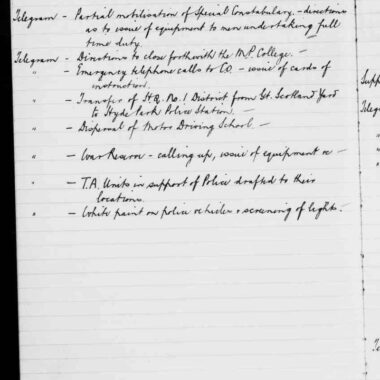
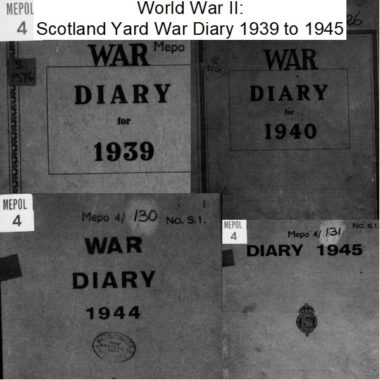
World War II: Scotland Yard War Diary from 1939 to 1945
$3.94 Add to Cart -
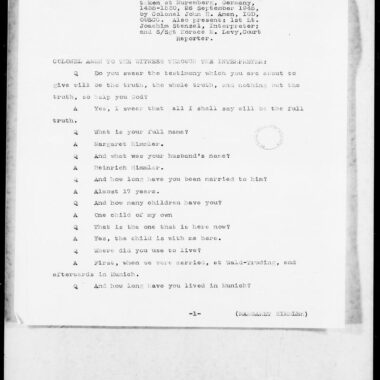
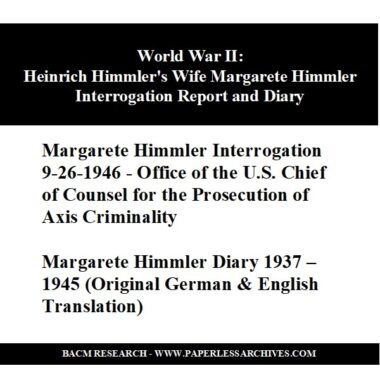
World War II: Interrogation Report and Diary of Margarete Himmler, Wife of Heinrich Himmler
$3.94 Add to Cart -
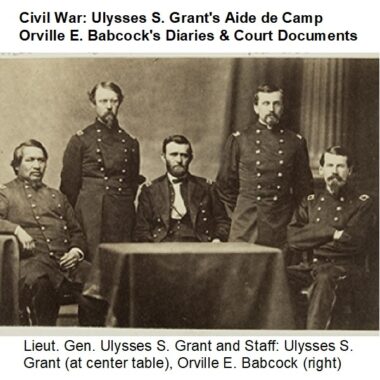
Civil War Ulysses S. Grant’s Aide de Camp Orville E. Babcock’s Diaries & Court Documents
$3.94 Add to Cart -


World War II: A Soldier’s Handbook on the Japanese Army
$3.94 Add to Cart

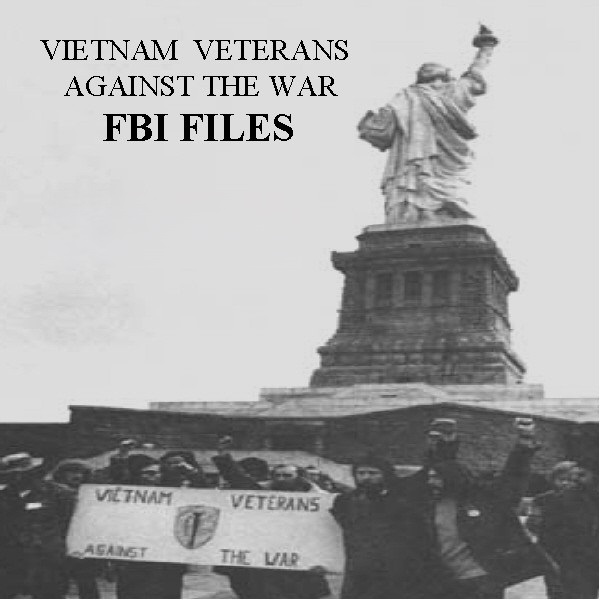
Reviews
There are no reviews yet.